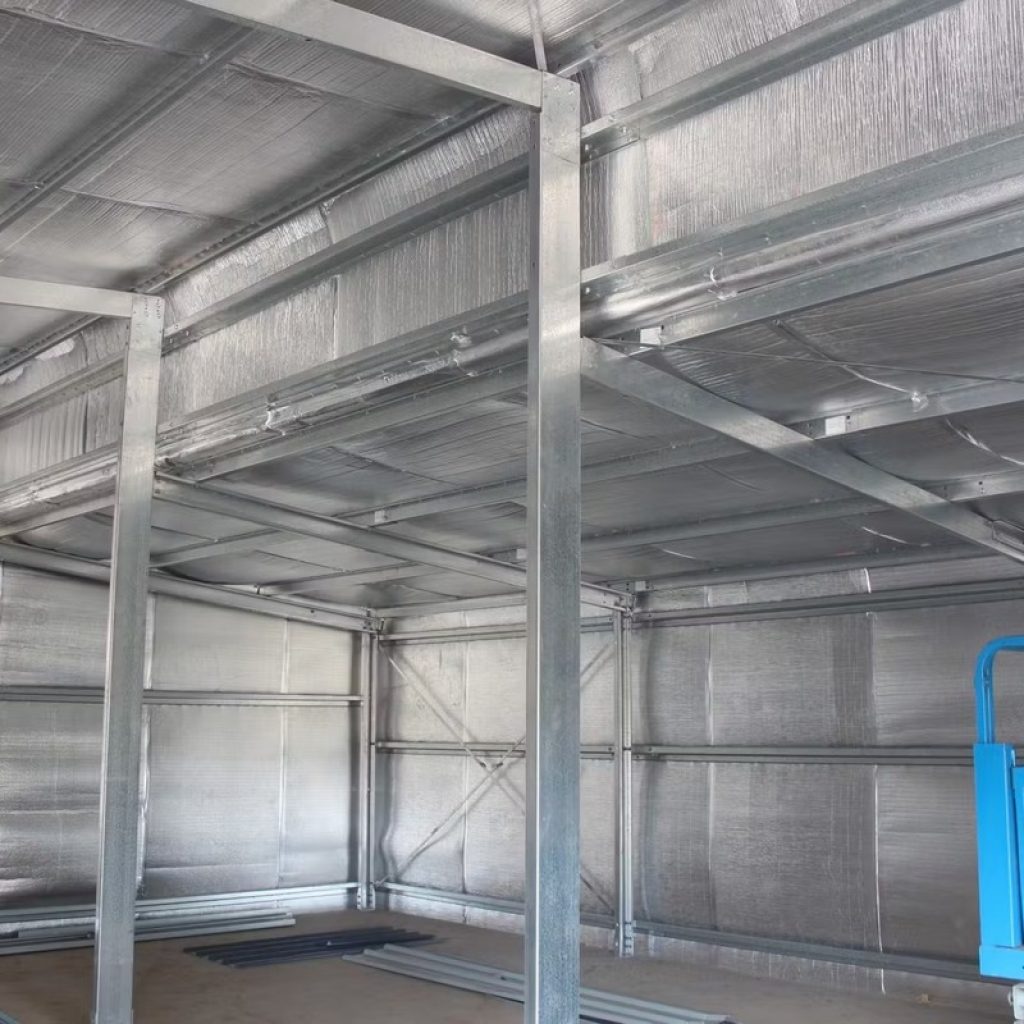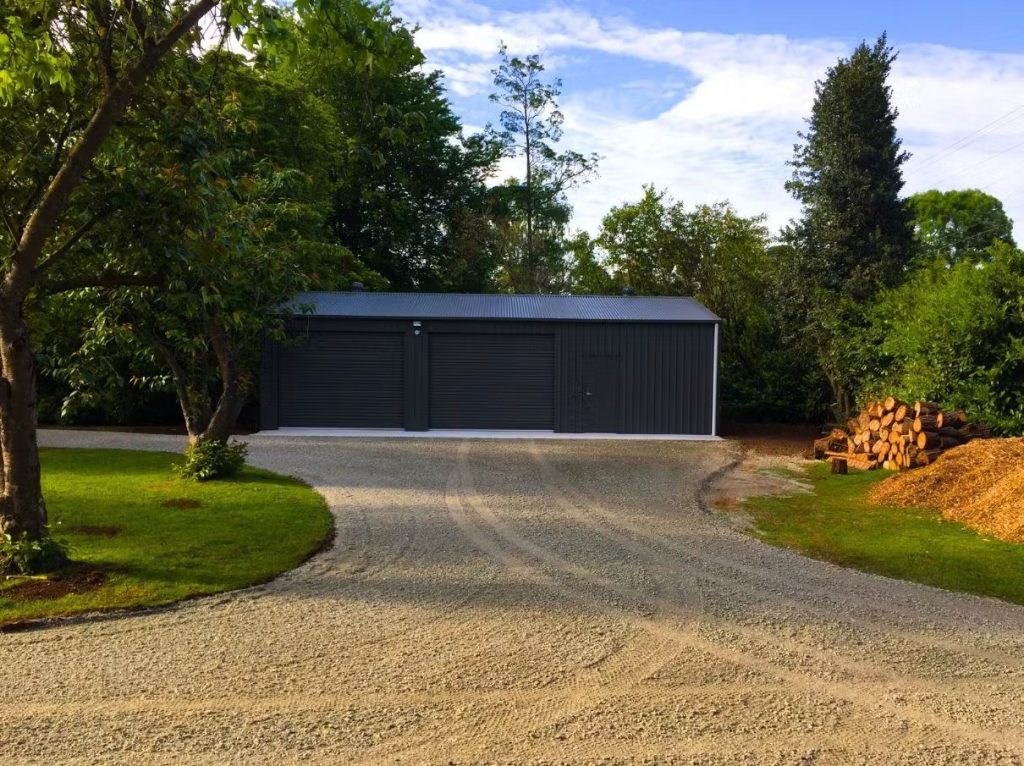Assembling a shed kit can be an exciting project, but it’s not without its challenges. Many people jump into the build with enthusiasm, only to hit snags that slow them down or result in a less-than-perfect finish. Avoiding common pitfalls can save you time, frustration, and even money. Here’s a helpful guide on the most frequent mistakes when assembling shed kits and how to sidestep them for a smooth, hassle-free build.
Contents
- 1 1. Skipping the Instruction Manual
- 2 2. Improper Foundation Preparation
- 3 3. Not Having the Right Tools
- 4 4. Forgetting to Weatherproof
- 5 5. Misjudging Space Requirements
- 6 6. Overtightening Fasteners
- 7 7. Ignoring Safety Measures
- 8 8. Incorrectly Installing the Roof
- 9 9. Underestimating the Time Commitment
- 10 10. Not Checking Local Regulations
- 11 Conclusion
1. Skipping the Instruction Manual
One of the biggest mistakes people make is neglecting the instruction manual. Professional shed kit manufacturers provide important information to ensure successful assembly. It’s tempting to think you can figure it out by looking at the parts and diving straight in, but this often leads to confusion and improper assembly.
How to avoid this: Take the time to thoroughly read the manual before starting. Understand the steps, identify the parts, and have a clear vision of the build process. It’s also helpful to keep the manual nearby during the assembly for quick reference.
2. Improper Foundation Preparation
A shed is only as good as the foundation it’s built on. Skipping or inadequately preparing the foundation is a surefire way to end up with an unstable, crooked shed. This can lead to a host of problems, including doors that don’t close properly and structural issues over time.
How to avoid this: Choose a flat, level surface for your shed and ensure it’s well-drained. Depending on your shed size, consider building a concrete slab, wooden deck, or gravel foundation. Taking the extra time for proper groundwork ensures longevity and stability for your shed.

3. Not Having the Right Tools
Many people dive into shed assembly with just the basics: a hammer and maybe a screwdriver. Shed kits typically require a variety of tools for different parts of the assembly, and not having them on hand can cause delays and frustration.
How to avoid this: Before you begin, consult the instruction manual for a list of required tools. Common ones include power drills, spirit levels, and wrenches. Make sure you have all the necessary equipment, and if possible, invest in a good-quality power drill, as this will save a lot of time and effort.
4. Forgetting to Weatherproof
A shed that isn’t properly weatherproofed is vulnerable to rain, snow, and other elements, leading to rot, leaks, and mould. Many first-time builders overlook this aspect, assuming the kit’s materials alone will provide adequate protection.
How to avoid this: Weatherproofing should be a key step in your assembly process. Use waterproof sealant on joints and around doors and windows. Additionally, consider adding a water-resistant coating to wooden sheds. Regularly maintain the exterior to ensure the structure stays in good condition over time.
5. Misjudging Space Requirements
Another common mistake is underestimating how much space the shed will require. This can lead to placement issues, making it difficult to fit the shed in your desired location, especially if there are nearby trees, fences, or other structures.
How to avoid this: Before purchasing your shed kit, measure the area where you plan to build it. Allow for extra space around the shed for easier assembly and maintenance. Additionally, consider the height of your shed, particularly if it’s going near trees or low-hanging branches.
6. Overtightening Fasteners
It’s easy to assume that tightening bolts and screws as much as possible will make the shed more secure, but overtightening can cause damage to the materials. Metal sheds, in particular, are prone to denting or warping when screws are too tight.
How to avoid this: When attaching fasteners, apply steady, even pressure. Stop tightening once the fastener is snug and secure. If you’re using power tools, be especially careful, as it’s easy to overdo it.
7. Ignoring Safety Measures

Building a shed can be physically demanding, and some builders rush through the process without considering safety. Whether it’s neglecting proper lifting techniques or failing to use safety gear, these oversights can lead to injury.
How to avoid this: Safety should always come first. Wear protective gear such as gloves, safety glasses, and sturdy shoes. When lifting heavy materials, ask for help or use proper lifting techniques to avoid strain. Take your time, and don’t rush through any steps, especially if you’re working alone.
8. Incorrectly Installing the Roof
The roof is one of the most critical parts of your shed, and installing it incorrectly can lead to leaks or even structural failure. Some builders may struggle with aligning the panels properly or securing them adequately.
How to avoid this: Pay special attention to the roofing section of the instruction manual. Make sure panels are correctly aligned and secured with the appropriate fasteners. For extra security, consider adding weatherproofing tape to the seams of the roof panels to prevent leaks.
9. Underestimating the Time Commitment
Building a shed can take longer than you might expect, especially if you run into any complications or work alone. A common mistake is starting the project without allocating enough time, leading to rushed decisions or unfinished work.
How to avoid this: Set aside ample time for the project, and if possible, recruit a friend or family member to help. Break the build into stages, and don’t rush. By pacing yourself and ensuring each step is completed properly, you’ll avoid costly mistakes that take even more time to fix.
10. Not Checking Local Regulations
Some homeowners start building their shed only to realise later that they didn’t follow local building codes or get the necessary permits. This can lead to fines, forced changes, or even having to dismantle the entire shed.
How to avoid this: Always check your local regulations before you begin assembly. In some areas, sheds over a certain size require a permit, and there may be restrictions on placement, height, or even materials. By doing your homework, you’ll avoid any legal headaches down the road.
Conclusion
Building a shed can be a rewarding project that adds value to your home and extra storage or workspace. However, it’s essential to approach the process with preparation and care. By avoiding these common mistakes and following the above tips, you’ll set yourself up for a smooth, successful build that stands the test of time. Whether you’re a seasoned DIYer or a first-timer, keeping these points in mind will ensure your shed assembly is hassle-free and rewarding.






